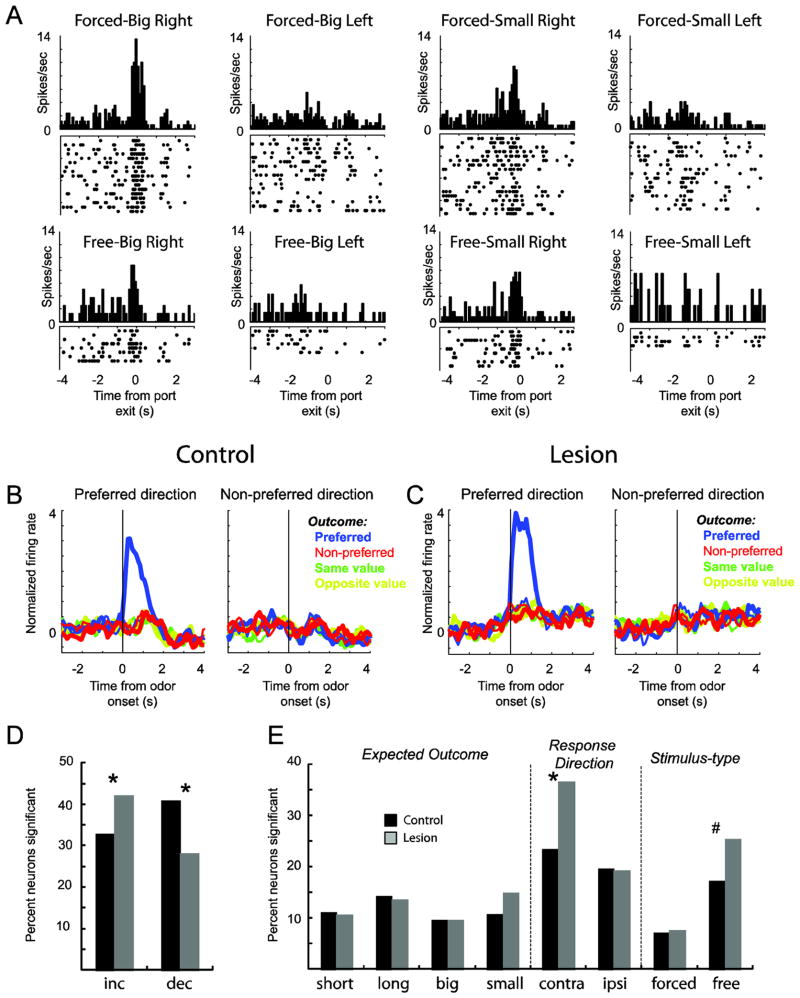Figure 2. Stimulus and response encoding in DS was enhanced after VS lesions.
A. Single cell example showing activity during size blocks during forced (top row) and free (bottom row) choice performance. B–C. Average firing rate over all 352 and 457 neurons for controls (b) and lesions (c) for free- or forced-choices trials, depending on which elicited the strongest response. All trials are referenced to the trial-type that elicited the maximal firing during the time starting 100 ms after odor onset to entry into the fluid well. See text for more detail. Data were normalized by subtracting the mean and dividing by the standard deviation (Z score). Blue = preferred outcome; red = non-preferred outcome; green = same value and yellow = opposite value; thin = first 5 trials; thick = last 5 trials. D. Percent of neurons that showed significant increases or decreases, averaged across trial-type, during the analysis epoch compared to baseline (t test; p < 0.05). E. Height of each bar indicates the percent of neurons that showed a main effect or interaction effect of outcome (short, long, big and small), direction (contra and ipsilateral) and odor-type (free and forced choice odors). * = p < 0.05; # = 0.11; chi-square.

